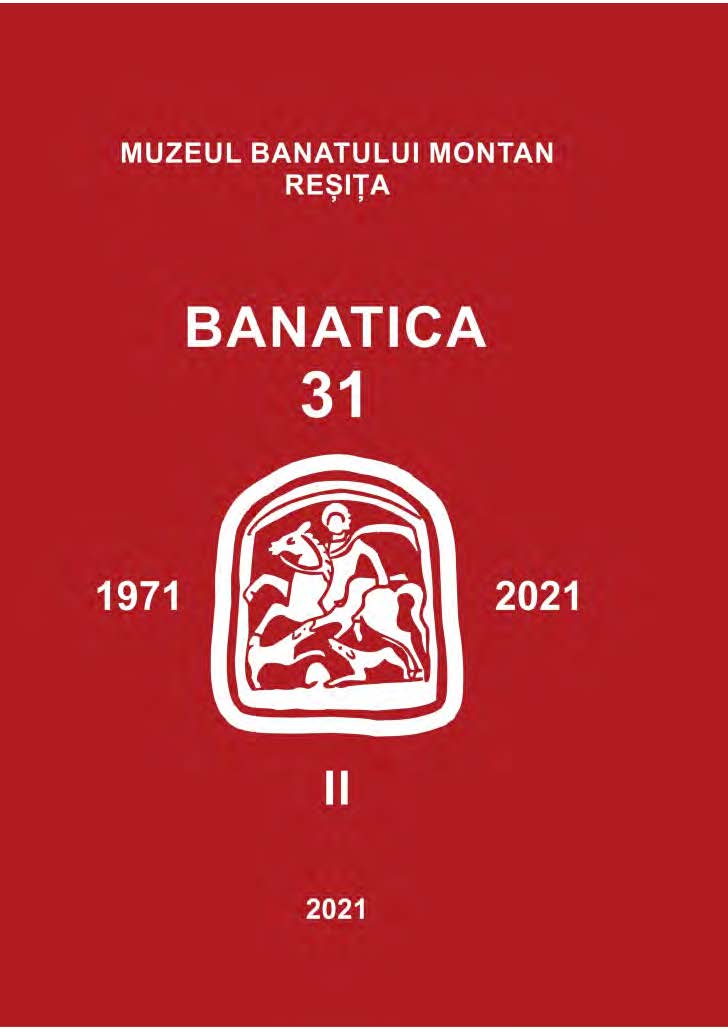COMUNITĂŢI EVREIEŞTI ÎN COMITATUL SATU MARE LA FINALUL SECOLULUI AL XIX-LEA
JEWISH COMMUNITIES IN SATU MARE COUNTY AT THE END OF THE 19TH CENTURY
Author(s): Paula ViragSubject(s): Jewish studies, Social history, Demography and human biology, 19th Century
Published by: Editura Mega Print SRL
Keywords: Jews; Jewish communities; Hungarian language; region; Satu Mare county;
Summary/Abstract: The reconstitution of the demographic evolution of the Jewish population in Satu Mare county's rural communities requires research into the censuses organized by the Hungarian authorities in the second half of the 19th century, as well as into the confessional registers of civil status. These two sources should be used carefully because they are, they have a number of shortcomings that can influence demographic analysis. Regarding the situation of the Jewish registers in Satu Mare county, it should be noted that these are kept for a few localities, in a very small number, only in the form of sheets containing information for a short period of time. Among the localities for which parts of the parish registers still remain were selected Ciumesti, Beer, Vezendium, Portita, Tiream, Petresti and Dindesti. We stopped on them because the documents related to these villages include information for several years (10) and are completed with the date of birth, the child's first and last names, the father's first and last names, the mother's first name and the place of residence. The Jewish communities in rural areas developed in the same way as in other regions of Hungary. They increasingly adopted Hungarian names, using Hungarian language to draw up acts related to religious life, but also those relating to civil status. At the end of the 19th century, in some Jewish communities in Satu Mare on the second Saturday the religious service was kept in Hungarian language. To encourage this, local authorities have given them financial support as well as other official religious communities. By accepting all these compromises, they won, receiving recognition and economic opportunities. But even if the Jews declared themselves Hungarians, religious differences remained as an ethnic stigma.
Journal: BANATICA
- Issue Year: 2/2021
- Issue No: 31
- Page Range: 393-407
- Page Count: 15
- Language: Romanian

